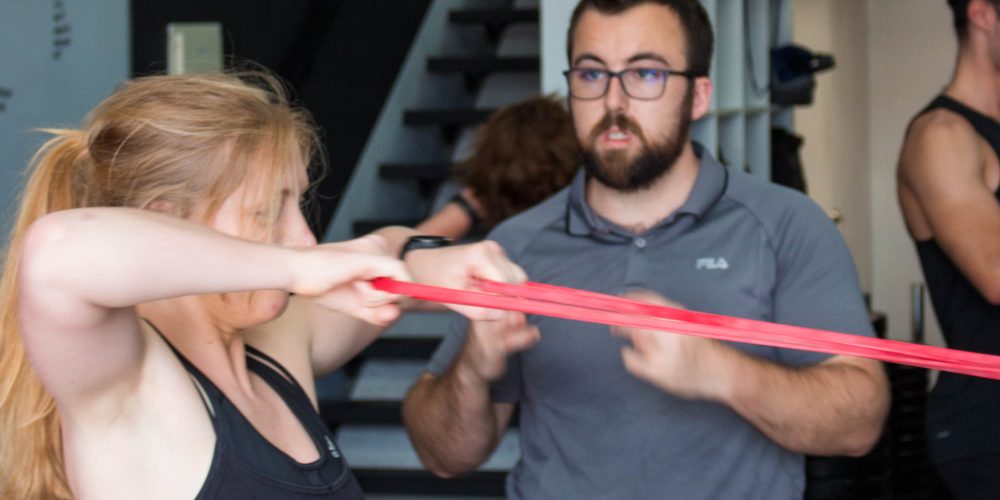As a woman you will be forgiven for not having strength training at the front of your mind. Strength training brings with it, ideas of gym buffs, body builders and ridiculously heavy weights! This is not always the case. Let’s take a closer look at the misconceptions I have encountered versus what the science says about women’s strength training.
Your thought – “Isn’t strength training dangerous, what if I injure myself? You might have heard a few anecdotes you have heard from your friends and family about how they have hurt themselves at the gym after trying to lift weights. Or perhaps you are generally fearful of the muscle soreness that comes with exercise? New Approach – “The strength I develop in the gym will reduce injury risk now, and later in life. After working with female sporting teams for a number of years, I am all too familiar with the ways a structured strength training program can prevent musculoskeletal injury. Women can often face unique challenges as they are simple built differently to male counterparts.
The right type of strength training can actually minimise these injury risk through:
● Increased strength
● Increased bone density
● Improved coordination and awareness of your own body
All of these can be outcomes can be improved through full body movements such as deadlifts, squats and push-ups included in your workouts.
Who knows, you may even achieve a few chin-ups as well! Your thought – “Won’t strength training make me look big and bulky? I have heard many tell me that they are running or using the cross trainer to “tone up”, with the belief that conventional strength training will leave them too muscular, stripping them of the feminine look.
The part of this myth is the relationship with the scales. Once you begin to build muscle, your weight loss may start to stall or potentially put on weight. These kinds of perceived setbacks are incredibly discouraging if you cannot explain them! Look for other signs of progress such as your improvements in strength training performance or more accurate indicators of body composition, I.e. skin fold testing.
New Approach “Lifting weights will leave me looking and feeling better than cardio alone.” The male body produces roughly 20 times more testosterone than their female strength training counterparts. This incredibly powerful hormone is responsible for the increase in muscular size, strength and bone density seen in men.
This means that men can increase size and strength far more effectively and efficiently. So, while the major benefits to female strength training can be found throughout this article, you will not have to worry about looking like a bodybuilder as a result of your new 3 day a week strength training routine.
When it comes to weight, don’t forget hormones can also play a big role when it comes to gain and/or fluid retention within different phases of the menstrual cycle. Ask your coaches for how these may change throughout the various to make sure you are comparing like for like.
Your thought – “Sometimes I feel like my hormones and menstrual symptoms make it impossible to train.”
The way the menstrual cycle effects each and every woman’s physiology and training can be vastly different.
The changes in mood, loss of strength and coordination, cramping and other symptoms associated throughout the cycle can be incredibly hard to navigate without the right guidance. Too many times I would see women come into the gym, not being able to accomplish the performance they managed last week. When this comes as a surprise it can leave you with little motivation to get back into the gym to have another go!
New Approach – “If I know how my body works, I know what my body needs.”
The key to staying healthy in the short term is always having a consistent, structured approach with designed rest days or easier weeks. In consultation with you’re a coach learn to listen to your body and understand when you need to take a break from training.
Your coach will often prescribe alternate exercises or intensities based on how your body has responded in the past, these can include nuances such as reducing the amount of direct core work if you suffer from bloating or cramping,
More and more high-performance female sporting teams and some of my previous clients have relied on tracking apps to make sure they identify trends and make the necessary changes. Through using these apps and through an open and honest discussion with friends or coaches you can optimise your training.
For a deeper understanding of strength training and the profound impact it can have on women’s health get in touch with Mitch via our contact us page or find us at Foresight Fitness on Facebook and Instagram





No Comments
Sorry, the comment form is closed at this time.